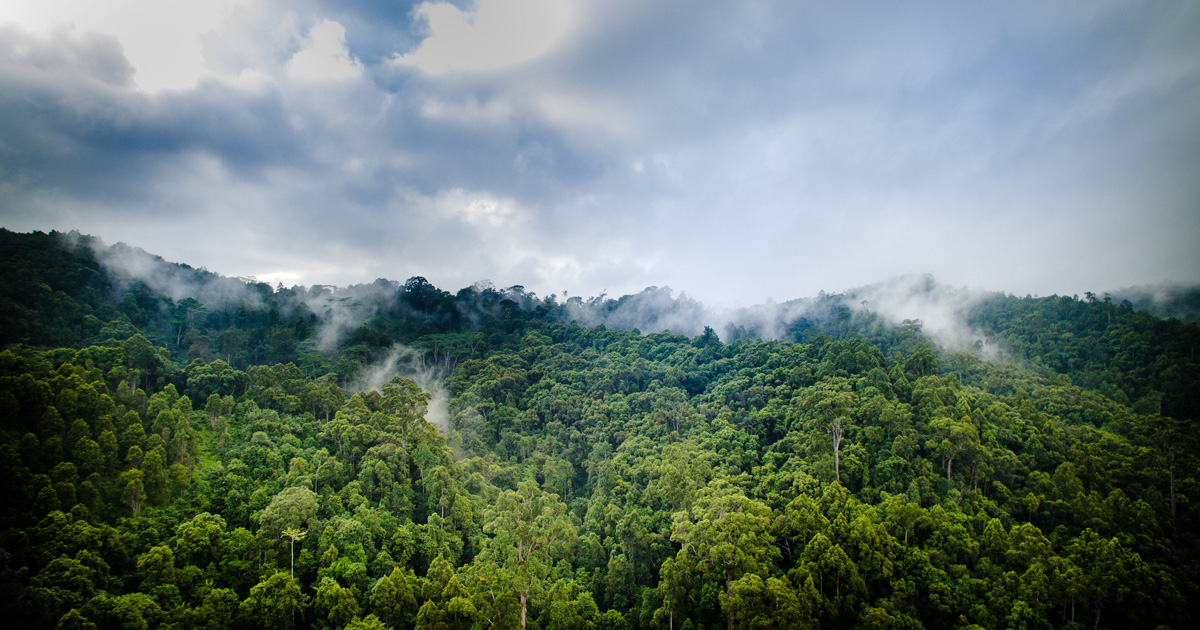In the Amazon, deforestation and climate change lead to increased vulnerability to forest degradation, threatening its existing carbon stocks and its capacity as a carbon sink. We use satellite L-Band Vegetation Optical Depth (L-VOD) data that provide an integrated (top-down) estimate of biomass carbon to track changes over 2011–2019. Because the spatial resolution of L-VOD is coarse (0.25°), it allows limited attribution of the observed changes. We therefore combined high-resolution annual maps of forest cover and disturbances with biomass maps to model carbon losses (bottom-up) from deforestation and degradation, and gains from regrowing secondary forests. We show an increase of deforestation and associated degradation losses since 2012 which greatly outweigh secondary forest gains. Degradation accounted for 40% of gross losses. After an increase in 2011, old-growth forests show a net loss of above-ground carbon between 2012 and 2019. The sum of component carbon fluxes in our model is consistent with the total biomass change from L-VOD of 1.3 Pg C over 2012-2019. Across nine Amazon countries, we found that while Brazil contains the majority of biomass stocks (64%), its losses from disturbances were disproportionately high (79% of gross losses). Our multi-source analysis provides a pessimistic assessment of the Amazon carbon balance and highlights the urgent need to stop the recent rise of deforestation and degradation, particularly in the Brazilian Amazon.
Download:
DOI:
https://doi.org/10.1111/gcb.16513
Altmetric score:
Dimensions Citation Count:

























